Working Together
Finding Solutions
Relieving Pain
The Ultimate Choice For Ultimate Spine Solutions®
Explore Our Resources
Empowering Our Patients Through Shared Knowledge
Blog

Postpartum Back Pain Relief and Core Tips
May 9, 2025
See More
Blog
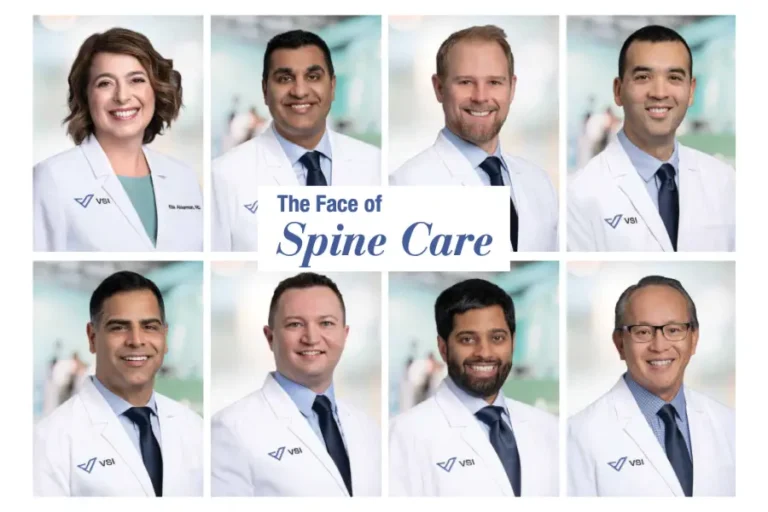
VSI Doctors Recognized as The Face of Spine Care by Arlington Magazine
May 8, 2025
See More
Blog

Causes and Solutions for Unresolved Pain After Spine Surgery
May 6, 2025
See More
News

Dr. Bharara Named 2025 Face Of Regenerative Medicine By Washingtonian Magazine
May 5, 2025
See More
News
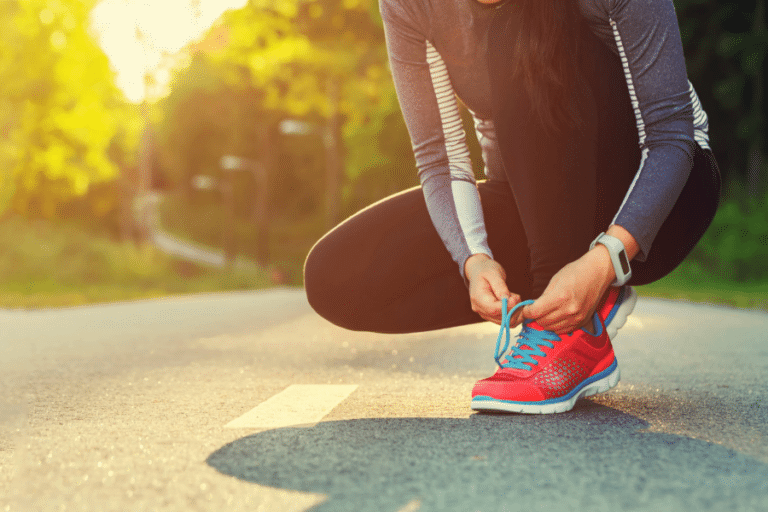
Dr. Mehta Featured In AP News: Best Walking Shoes For Women
May 1, 2025
See More
Blog
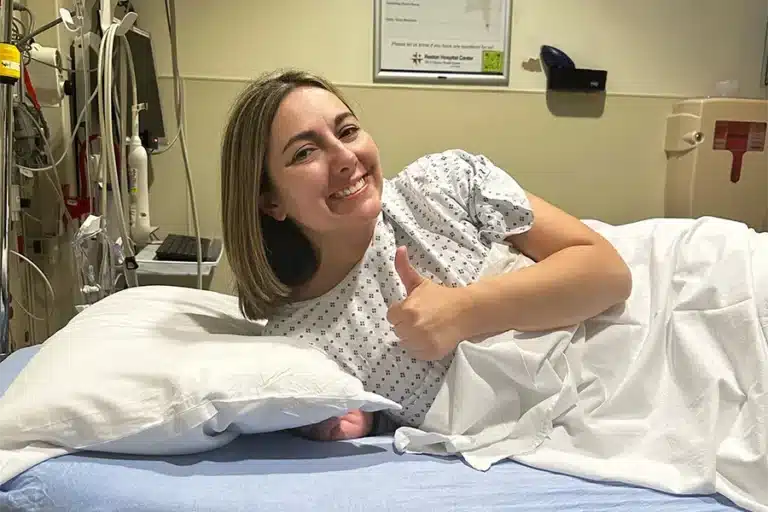
Medical Gaslighting: A Woman’s Fight to Be Heard and Treated for Her Pain
April 30, 2025
See More
Blog

Can Stress Cause Physical Pain?
April 24, 2025
See More
Blog

Travel Tips to Avoid Back Pain on Spring Break
April 17, 2025
See More
Blog

As Seen on Fox5 DC: Neurologist’s Tips to Prevent Stress-Related Pain
April 10, 2025
See More
Blog
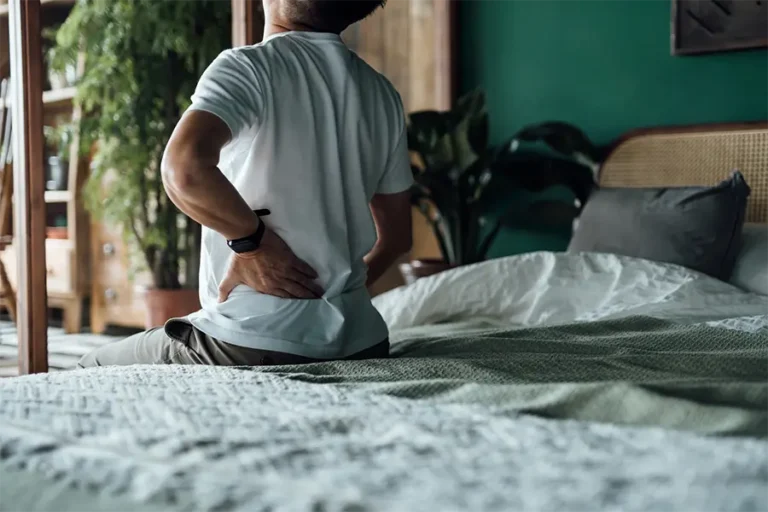
Resolving Back Pain: Quick Fixes vs. Lasting Relief
April 7, 2025
See More
Blog

Featured in National Enquirer: How to Stay Safe on the Court During March Madness
April 3, 2025
See More
Blog
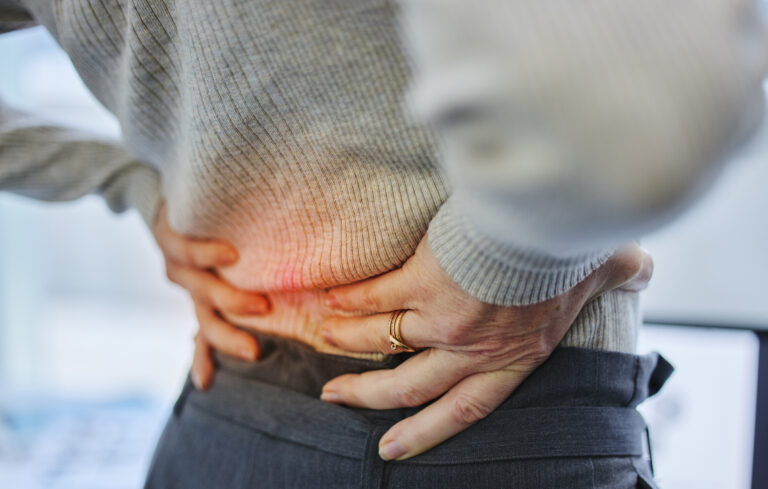
Treating a Herniated Disc With Physical Therapy
March 28, 2025
See More
Blog

Patient Testimonial: Traveling Without Chronic Back Pain
March 28, 2025
See More
Blog

How Inflammation Causes Headaches | What You Can Do About It
March 28, 2025
See More
Blog

Pain and Mental Health: The Hidden Connection
March 28, 2025
See MoreJoin The Conversation
#MyVSIVictoryStory
Can Failed Back Surgery Syndrome Be Fixed? | Explained by a Spine Surgeon
Medical Gaslighting: One Patient’s Back Pain Story & Breakthrough Diagnosis
Beating Chronic Back Pain: A Veteran’s Journey to Recovery | VSI
Understanding Treatment Options: Bertolotti Resection Surgery and Spinal Fusion for Bertolotti
Still in Pain After Spine Surgery? What Went Wrong and How to Fix It
Tips to Prevent Stress-Related Pain | As Seen on Fox5 DC
Does Bertolotti syndrome truly exist?
Bertolotti Resection BTS (Part 2)!
Bertolotti Resection BTS👏



